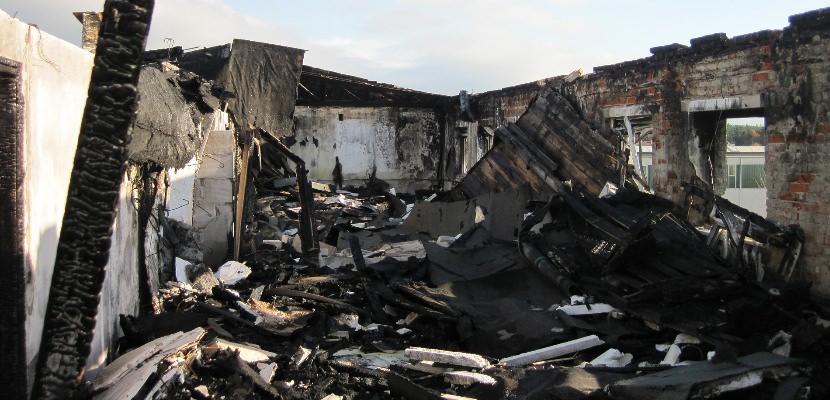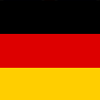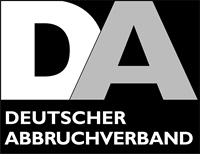
With fire damage, harmless substances, goods and furnishings can release harmful pollutants. Pollutants are created with damages by fire and not only during the fire, but also afterwards on the cold scene of fire.
During the fire, harmful substances are being released by the combustion process. These are initially volatile. They are mainly carbon monoxides, carbon dioxides, hydrogen chlorides, acrolein and hydrogen cyanides.
The cold scene of fire describes the situation after the extinguishing of the fire and after cooling down the burnt material to ambient temperature. On the cold building lot, one in particular has to expect medium and low-volatile organic substances. Combustion residues are mainly the following toxic substance groups:
- Polycyclic aromatic hydrocarbons (PAK)
- Polychlorinated biphenyls (PCB)
- Asbestos
- Hydrogen bromide and chloride
On top of that mold can occur if one doesn't immediately initiate the drying process after the fire.
With due regard to the regulations of fire damage disposal (VdS 2357) and the applicable regulations TRGS and BGR the E.I.S. GmbH allocates a systematic approach for the pollutant analysis right up to pollutant disposal and dumping in case of fire.
Our fire damage concept always consists of a work and safety plan as well as a disposal concept.
Our work is always characterized by the following procedure:
- 1. Determination of the pollutant burden
- 2. Choice of one or several remediation processes and creation of a work and safety plan according to German regulations for occupational insurance schemes (BGR) 128
- 3. Remediation of the affected areas
- 4. Cleaning of surfaces
- 5. Coating of critical surfaces
- 6. Efficiency review
In the area of redevelopment, we only rely on trained employees and use our modern machines and meters.
Test our efficiency.



